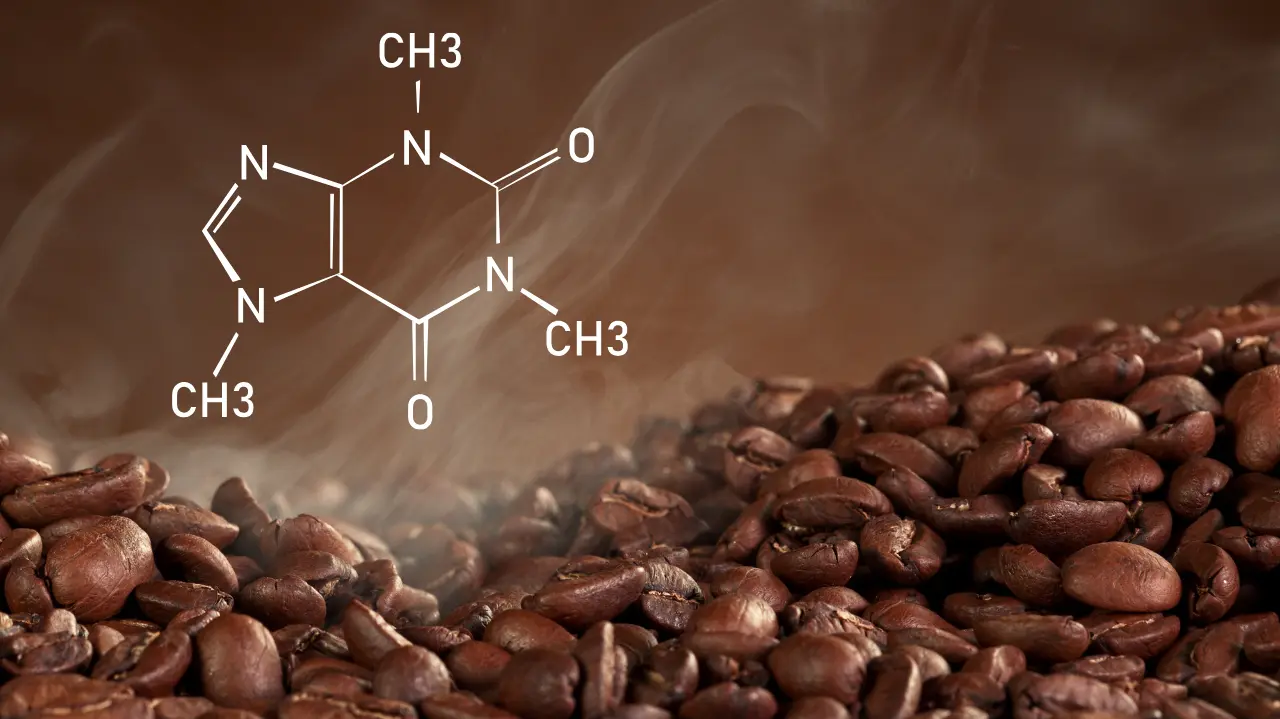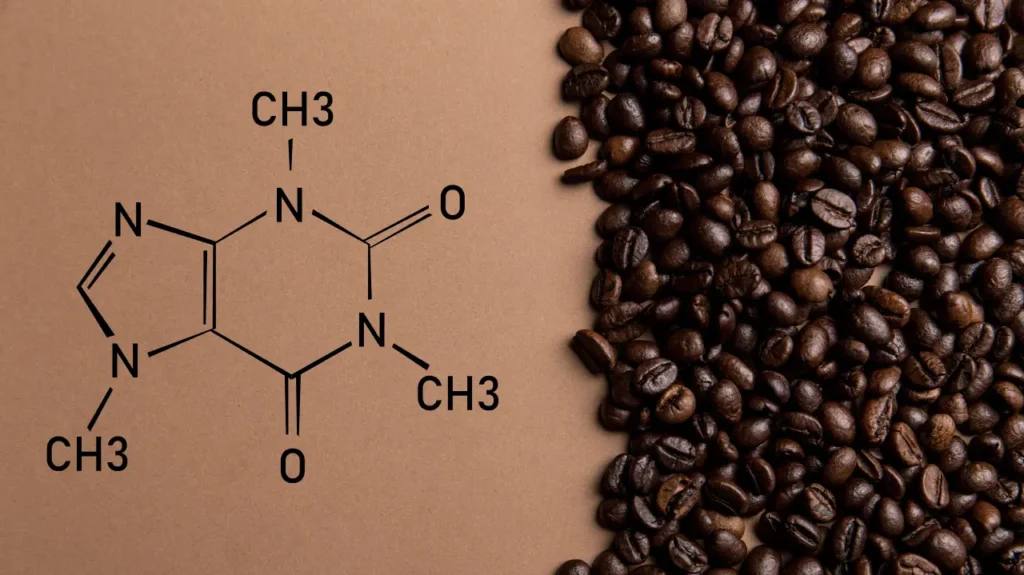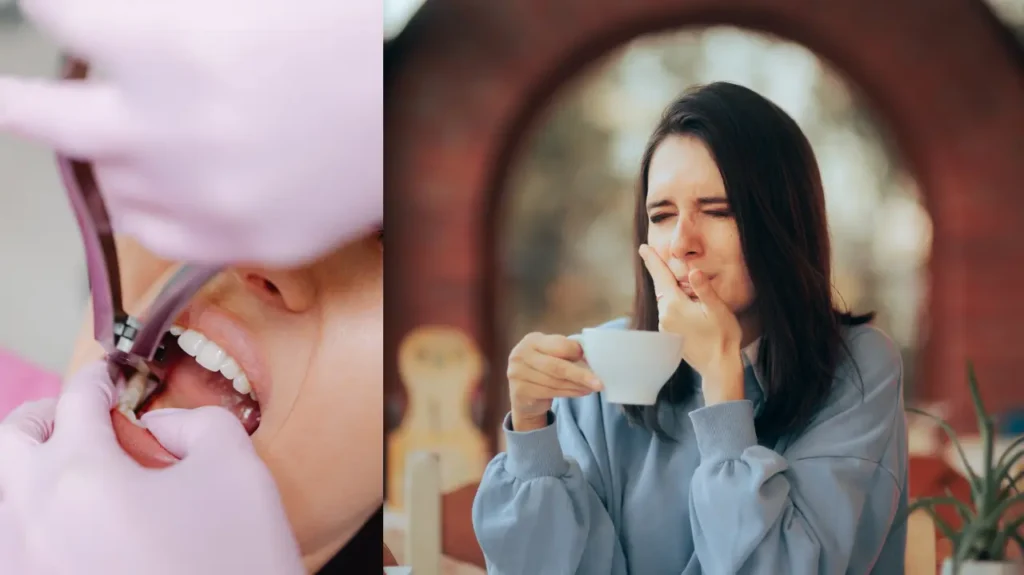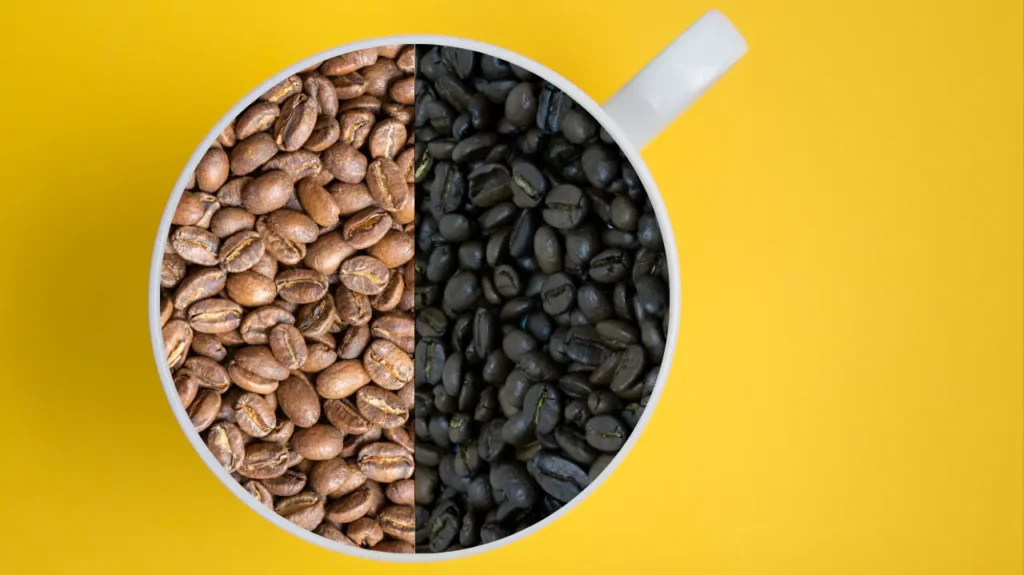Craving a caffeine kick but tired of sipping coffee? You’re not alone. The question “Does eating coffee beans give you caffeine?” pops up often, and the answer matters for anyone seeking a quick energy boost.
Spoiler: Yes, it does, but there’s more to the story.
We’ve gathered insights from coffee experts, health studies, and real-world experiences to give you the full scoop. No jargon, no fluff, just straight facts on how caffeine works in beans, the perks, the pitfalls, and how to snack on them safely.
Whether you’re a coffee geek or just curious, stick around. This is your no-nonsense guide to chewing coffee beans like a pro.
Understanding Coffee Beans
Coffee beans aren’t beans; they’re seeds from coffee cherries. Two main types rule the scene: Arabica (smooth, popular) and Robusta (bold, double the caffeine; commonly used in Vietnamese coffee).
Raw, they’re green, bitter, and rock-hard. But roasting transforms them into the fragrant beans we love.
Light roasts retain more caffeine; similar to how blonde roasts pack a stronger punch than darker ones. Dark roasts mellow out, losing a bit of caffeine but gaining caramel-like sweetness.
Here’s the kicker: how you eat them, raw, roasted, or chocolate-dipped, changes the game. Raw beans?
Bitter and harsh (great for supplements, terrible for snacking). Roasted? Crunchy, flavorful, and caffeine-ready.
So, does eating coffee beans give you caffeine? Absolutely. But the type and roast decide how much punch you get.
Does Eating Coffee Beans Give You Caffeine?
Yes, popping coffee beans like snacks does deliver caffeine, and it’s stronger than your average cup. Brewed coffee dilutes caffeine in water, but munching beans skip that step.
Think of it as caffeine in its raw, unfiltered form. Chewing 8–10 Robusta beans (or 15–20 Arabica) can match an espresso shot’s kick.
Robusta’s caffeine dominance is why it’s a staple in strong brews like Vietnamese coffee.
Here’s why it hits differently: When you chew beans, caffeine absorbs through your mouth’s lining, racing into your bloodstream faster than sipping a latte.
Some people swear they feel alert within minutes. But hold up, your mileage may vary. Body weight, caffeine tolerance, and genetics decide whether you’ll feel like a superhero or a jittery mess.
Fair warning: The gritty texture and bitter taste aren’t for everyone. Newbies often compare it to chewing gravel with a coffee aftertaste.
Start with 2–3 beans to test your limits. Love it? Great. Hate it? Try chocolate-covered beans; sweetness balances the bitterness, and dark chocolate adds its caffeine kick.
Quantifying Caffeine Content
Does eating coffee beans give you caffeine? Yes, but how much? One Arabica bean packs ~6mg of caffeine; Robusta doubles that.
Roasting trims caffeine slightly, but since you’re eating the whole bean (not brewing), you get nearly all of it.
Chocolate-covered beans? Each adds ~12mg (bean + chocolate). Dark chocolate’s 80mg/100g caffeine beats milk chocolate’s 20mg.
Translation: Eight chocolate-covered beans ≈ , one 8oz coffee (95mg).
The FDA’s 400mg daily cap means:
- 66 Arabica beans
- 33 Robusta or chocolate-covered beans
But here’s the catch: No one should eat 66 beans. Effects hit harder without water dilution. Even 200mg in one sitting (33 Arabica beans) risks jitters or nausea.
| Bean Type | Caffeine per Bean (mg) | Equivalent to Cup of Coffee | Daily Limit (Adults) |
| Arabica (Roasted) | 6 | ~16 beans | ~66 beans |
| Robusta (Roasted) | 12 | ~8 beans | ~33 beans |
| Chocolate-Covered | 12 | ~8 beans | ~33 beans |
Why Robusta? It’s nature’s caffeine bomb, evolved to repel pests.
Dark roast beans lose a bit of caffeine, but their lower density means you might eat more, balancing it out.
Health Benefits
Coffee beans aren’t just a caffeine bomb; they’re tiny health boosters. Packed with antioxidants like chlorogenic acid, they fight inflammation and may lower risks linked to diabetes or cancer.
Science even ties coffee consumption (beans or brewed) to healthier hearts, happier livers, and brighter moods, though we’re still untangling cause vs. correlation.
Here’s the kicker: Eating whole beans gives you fiber that brewed coffee lacks. Crunch 30 beans, and you’ve nailed 10% of your daily fiber goal, a win for gut health.
Plus, caffeine’s magic isn’t just about energy. It sharpens focus, lifts mood, and powers workouts. Take Laura, a coffee lover who swears by a handful of beans pre-gym for instant motivation.
But wait, there’s a catch. Benefits shine only when you don’t overdo it. Think of beans as a “two-in-one” snack: a little delivers perks, and a lot brings side effects.
Potential Risks and Side Effects
Munching coffee beans isn’t all perks; it’s a caffeine tightrope. That concentrated kick can backfire fast. Too many beans?
Hello, heartburn, bloating, or nausea, especially if you have a sensitive gut. Conditions like IBS or IBD? Proceed cautiously; caffeine cranks up stomach acid, turning snack time into regret.
And let’s talk timing. Eat beans late, and you might stare at the ceiling till 3 a.m. Caffeine’s half-life can linger 5+ hours, worse for slow metabolizers.
Overdo it, and anxiety creeps in. Quit cold turkey? Withdrawal headaches or shaky hands could follow.
Pregnant?
The stakes are higher. High caffeine intake is linked to miscarriage risks or low birth weight, so doctors often say, “Skip the beans.”
Even your teeth take a hit. Hard beans can wear down enamel or crack crowns.
Raw beans? Double trouble. They’re bitter, woody, and harder to digest. Stick to roasted. And chew slowly, choking on a bean is as awkward as it sounds.
Raw vs. Roasted
Raw coffee beans (green, unroasted) are edible, but let’s be real: they taste like chewing on a bitter twig.
Hard, acidic, and harsh on your stomach, they’re primarily used in supplements for their antioxidants, not snacks.
Roasted beans? That’s where the magic happens. Heat transforms them into crunchy, aromatic bites. Light roasts keep more caffeine and taste bright, almost fruity.
Dark roasts?
They lose a smidge of caffeine but gain caramel-like sweetness and lower acidity, making them gentler on your gut.
For beginners, start with a dark roast. The mellow flavor hides bitterness, and the softer texture won’t bully your teeth.
Pro tip: If plain roasted beans still taste too bold, dip them in chocolate. It’s a game-changer.
Raw beans = survival mode. Roasted beans = snack heaven. Choose wisely.
Practical Tips
So, you’re sold on eating coffee beans, but how to avoid the pitfalls? Start slow. Pop 2–3 beans first. Wait an hour.
Did your heart race or stomach rebel?
Adjust. Caffeine-sensitive? Go dark roast; it’s milder and easier on your system.
Pair beans with food. Yogurt, nuts, or a banana slow caffeine absorption, dodging that sudden jolt (and stomach drama).
Track your total caffeine like a hawk. Remember: Beans, energy drinks, and even chocolate add up. Hit 400mg daily? Stop.
Kids, teens, and pregnant folks steer clear. Their safe limits are fuzzy, and risks (like sleepless nights or pregnancy concerns) aren’t worth it.
Do IBS, anxiety, or heart issues? Talk to your doctor first.
Listen to your body. Jitters, headaches, or a sour stomach? Pause. Hydrate. Try smaller portions next time.
Pro tip: Keep a caffeine diary. Note how many beans you ate, when, and how you felt. It’s eye-opening.
Creative Ways to Incorporate Coffee Beans
If munching plain coffee beans feels like a chore, let’s spice things up. Chocolate-covered beans are the classic hack: bitter meets sweet, crunch meets melt.
Dark chocolate adds its caffeine buzz, while milk chocolate tames the bite. But why stop there?
Baking enthusiasts toss whole or finely ground beans into brownie batter, cookie dough, or tiramisu. They add a gritty texture and espresso-like depth.
Savory fans, crush beans into a spice rub for steak or ribs. The roast’s smokiness pairs perfectly with grilled meats.
Smoothie lover? Blend a few beans into your morning mix for a gritty but rewarding kick. Even coffee-infused cocktails get a lift with a bean garnish.
Hoxton Coffee’s recipes swear by this trick for layered flavor.
Personal Insights
Laura Ritterman, a recipe whiz, skips her morning cup for 3–4 beans. “It’s instant mood fuel,” she says, praising chocolate-covered ones as her “cheat code” for bitter haters.
But Jeff Hong, a dietitian, warns regular coffee addicts: “Your tolerance is higher. Beans might not buzz you like newbies.”
My take? Dark chocolate-covered espresso beans rule. The bittersweet combo hides Robusta’s punch, making it a sneaky pre-workout snack.
But here’s the truth: Does eating coffee beans give you caffeine? Yes, but how your body reacts is 100% unique.
One friend gets zen-like focus; another panics after two beans.
Moral?
Test tiny doses. Track reactions. Love it? Great. Hate it? Blend ’em into desserts.
Conclusion
Eating coffee beans gives you caffeine, often more than your average cup. They’re a triple threat: antioxidants, fiber, and instant energy. But like a double espresso, moderation is non-negotiable.
For every perk (mood boost, workout fuel), there’s a “but.” Overdo it, and heartburn, jitters, or sleepless nights crash the party.
Stick to roasted beans, start with 2–3, and keep daily caffeine under 400mg. Kids, pregnant folks, and sensitive souls? Skip it.
Your body’s the boss. Some thrive on beans; others panic. Experiment wisely. Dip them in chocolate, blend them into smoothies, or savor them solo; just respect the bean’s power.
So, does eating coffee beans give you caffeine? Absolutely. But it’s not a snack for autopilot. Treat it like a tool: precise, intentional, and with a side of self-awareness.
For those curious about caffeine variations, explore how different brews, like iced coffee, stack up against whole beans.




